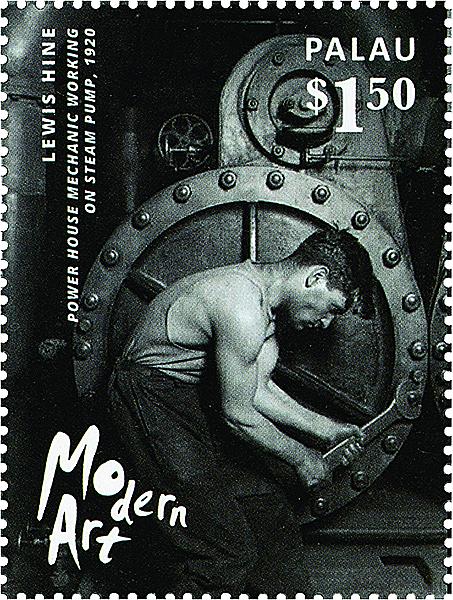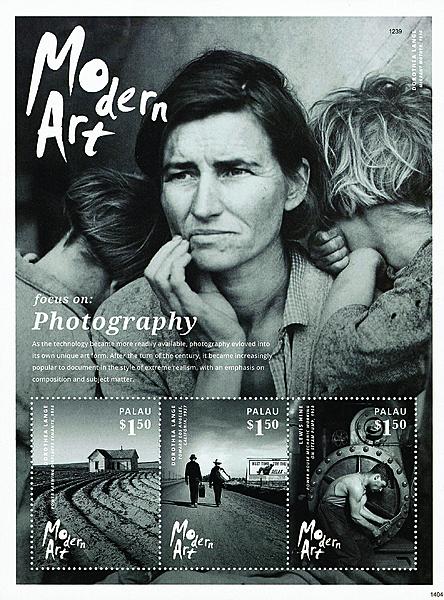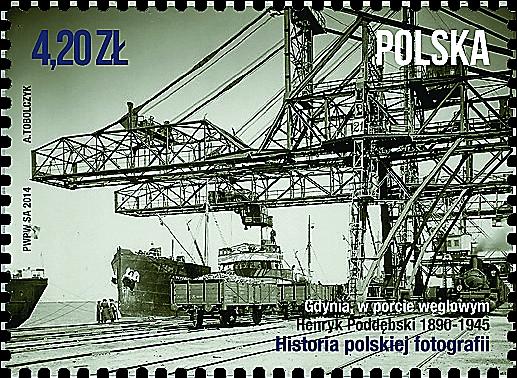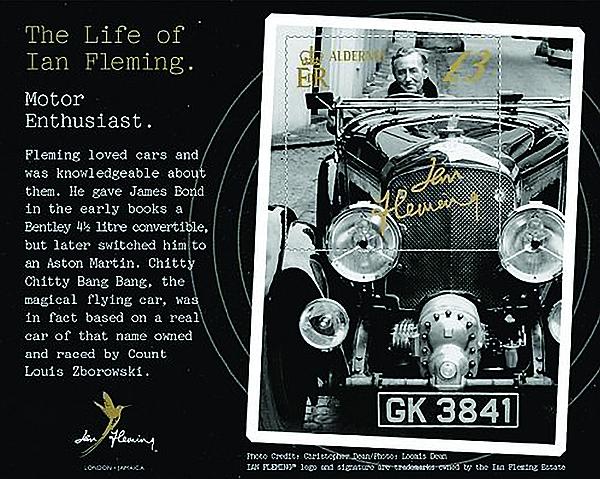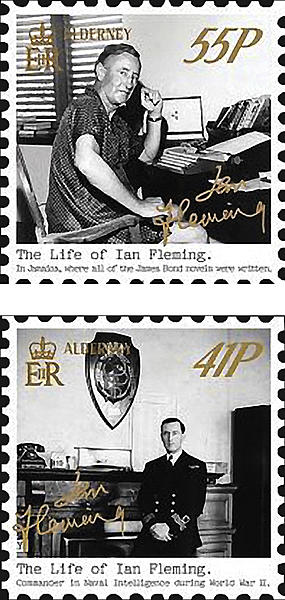World Stamps
Stamps feature Ian Fleming, black-and-white photographs
Ian Fleming, the creator of the fictional British Secret Service agent James Bond, is honored on seven stamps issued July 30 by Guernsey Post for the island of Alderney.
The 55-penny stamp shows Fleming at his Goldeneye estate in Jamaica, where he wrote the James Bond novels and short stories. A nearby airport is named for the author.
The website of the Ian Fleming International Airport includes a short biography of Fleming. This biography begins: “Jamaica has always been known as the stomping ground for the rich and famous. One reason could be that no matter how famous you are, it is unlikely that you will be mobbed by fans as you go about your private business. This may be one of the reasons Ian Fleming called it home.
“Ian Fleming, creator of James Bond, was much like his fictional character. The debonair Fleming was a spy, a lady’s man, who preferred his martini shaken, not stirred. Part of the British aristocracy, he was a journalist, banker and a military man who finally wrote his first novel at the age of 43. Over the next decade, he wrote 13 James Bond novels and the children’s book Chitty Chitty Bang Bang. Once translated to the silver screen, James Bond launched the world’s longest running series of spy movies.”
The inscription below the photograph on the 55p stamp reads, “In Jamaica, where all of the James Bond novels were written.”
Fleming first visited Jamaica during World War II. He is shown in uniform on the 41p stamp.
Fleming served as assistant to Adm. John Godfrey, the director of Naval Intelligence. The caption at the bottom of the stamp reads, “Commander in Naval Intelligence during World War II.”
According to the Fleming biography on Biography Channel website: “It has been said that much of Fleming’s work in intelligence shaped and informed his James Bond novels. The character of “M,” Bond’s boss, is believed to have been modeled after Admiral Godfrey. The full impact of Fleming’s real-life spy work on his most famous fictional figure will never likely be known, however. He had been sworn to secrecy by the British government.”
In addition to the 55p stamp, three other stamps in the set mention Fleming’s role as a writer and journalist. The 54p and 83p stamps also emphasize his travels.
On the 54p stamp, he is shown with a world map behind him. The inscription reads, “Well traveled, he wrote vividly about the places he visited.”
The 83p stamp, which is inscribed “As a journalist abroad,” pictures Fleming shortly after disembarking from an airplane.
He is shown at his desk in London on the 74p stamp.
In 1952, the same year that Fleming wrote the first Bond book Casino Royale, his son Caspar was born. A photograph of Fleming with his young son is reproduced on the 66p stamp.
The £3 high value of the set features a photograph of Fleming behind the wheel of a Bentley 4½ liter convertible, known as a Blower Bentley. According to Guernsey Post, Life Magazine photographer Loomis Dean took the photograph.
This stamp is in a souvenir sheet with the following inscription in the selvage: “Motor enthusiast. Fleming loved cars and was knowledgeable about them. He gave James Bond in the early books a Bentley 4½ litre convertible, but later switched him into an Aston Martin. Chitty Chitty Bang Bang, the magical flying car, was in fact based on a real car of that name owned and raced by Count Louis Zborowski.”
The other stamps in the set were printed in individual sheets of 10, also with long inscriptions in the selvage.
The firm Two Degrees North designed the stamps and souvenir sheet, and BDT International printed them by offset.
Poland
Poland began a series of stamps in 2008 chronicling the history of photography in that country. The latest stamps in that series, issued July 11, show four black-and-white photographs by Henyrk Poddebski (1890-1945).
Before WWII, Poddebski traveled around Poland, taking thousands of photographs. His photograph of the port at Gdynia is shown on the 4.20-zloty high value of the set.
The other stamps, 1.75zl, 2.35zl and 3.75zl, picture industrial scenes at Szopienice; the Kleofas coal mine; and Krolewska Huta, now part of Chorzow.
The four stamps are se-tenant (side-by-side) in a pane of 12.
Palau
A pane of three stamps from Palau includes two photographs that also have been pictured on United States stamps.
The pane is part of Palau’s Modern Art issue of Jan. 2.
Pictured in the large selvage area of the pane is Dorothea Lange’s photograph Migrant Mother. This photograph of Florence Owens Thompson and her children represents the Great Depression on a 32¢ stamp in the U.S. Postal Service’s Celebrate the Century pane for the 1930s (Scott 3185m).
Two of the three $1.50 stamps in the Palauan pane also show photographs by Lange: Power Farming Displaces Tenants, 1938; and Toward Los Angeles, 1937.
The third $1.50 stamp reproduces Lewis Hine’s photograph of a power house mechanic working on a steam pump. This photograph from 1920 is included in the Made in America pane of 12 forever stamps issued Aug. 8, 2013.
Under the heading “focus on: Photography,” the inscription on the pane from Palau reads, “As the technology became more readily available, photography evolved into its own unique art form. After the turn of the century, it became increasingly popular to document in the style of extreme realism, with an emphasis on composition and subject matter.”
MORE RELATED ARTICLES
Headlines
-
Postal Updates
Oct 7, 2024, 5 PMUSPS plans to raise postal rates five times in next three years
-
US Stamps
Oct 7, 2024, 3 PMMcMurtrie dismissed as APS education director following Sept. 21 arrest
-
US Stamps
Oct 7, 2024, 12 PMVasiliauskas named president of Mystic Stamp Co.
-
US Stamps
Oct 6, 2024, 5 PMApgar souvenir card available
